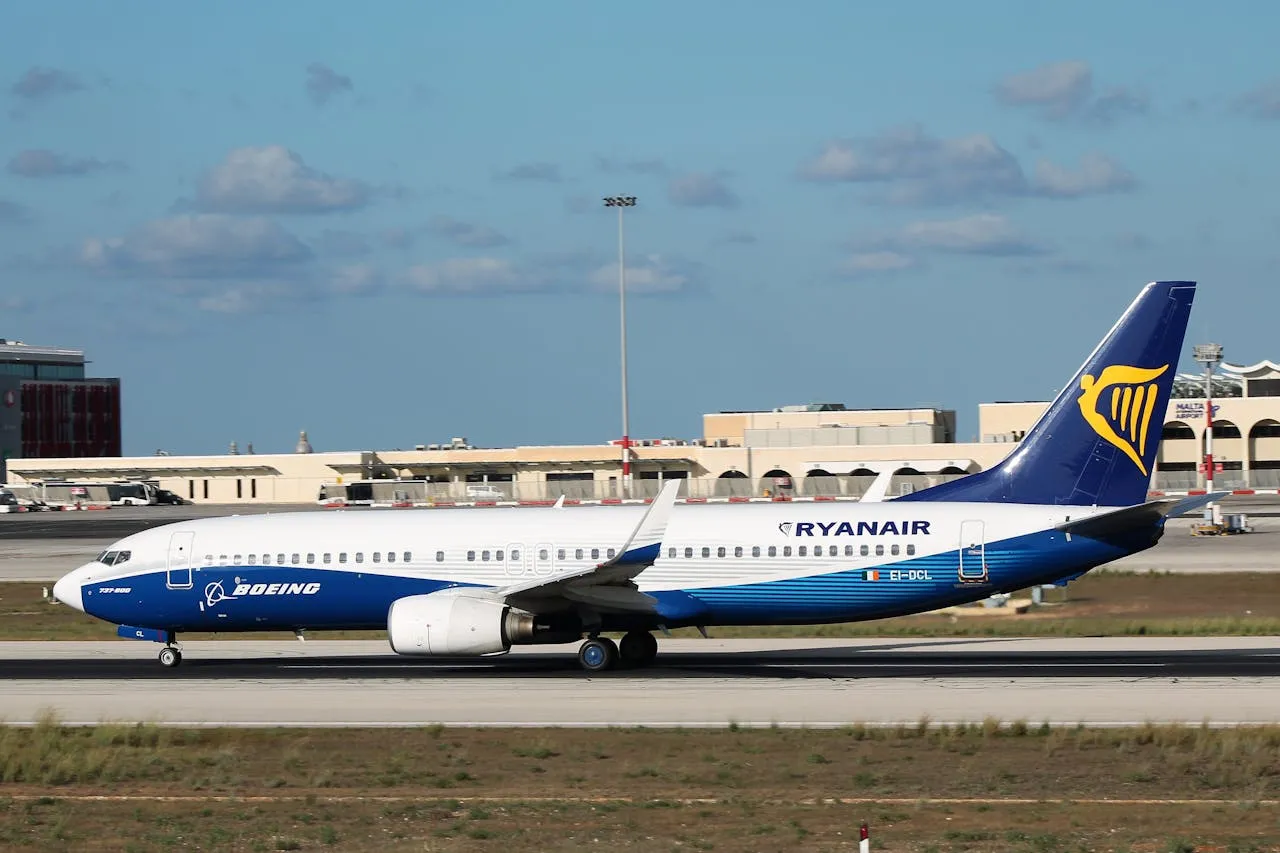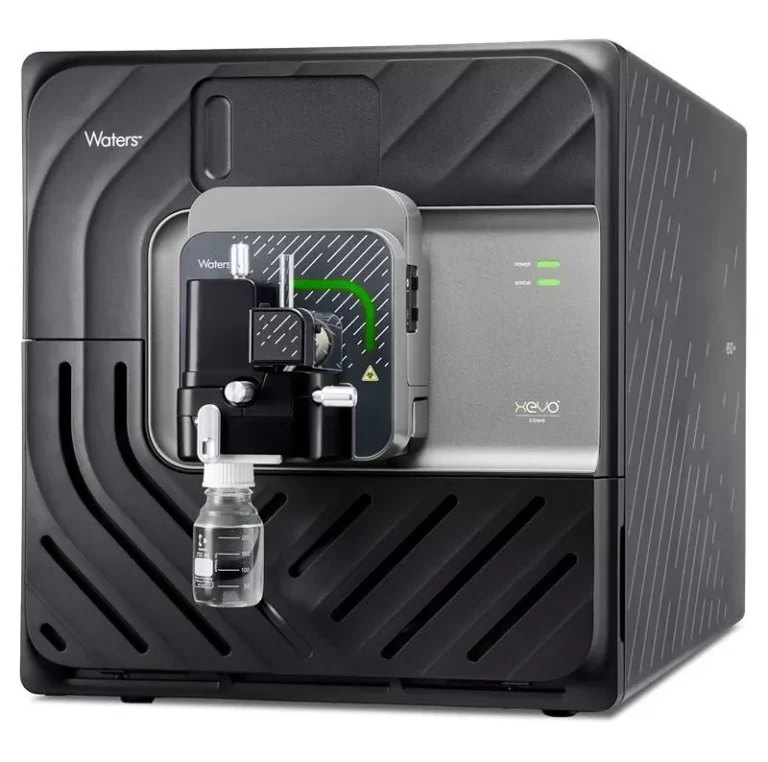
Korean Air Unveils Record Order for 103 Boeing Jets to Modernize Fleet and Support Merger with Asiana
Boeing and Korean Air have announced a landmark agreement that underscores the South Korean flag carrier’s ambitious plans for growth and modernization. The airline revealed its intent to purchase 103 of Boeing’s latest-generation aircraft, a move designed to upgrade its fleet, improve efficiency, and prepare for its full integration with Asiana Airlines in the coming years.
This order, when finalized, will be Korean Air’s largest-ever aircraft purchase and marks Boeing’s biggest widebody order from any Asian carrier to date. It also represents a milestone in the evolving partnership between the two companies. According to Boeing, the agreement is expected to support more than 135,000 jobs across the United States through its extensive aerospace supply chain.
Details of the Order
The planned purchase will cover a mix of widebody and single-aisle jets, ensuring flexibility for both long-haul international routes and shorter regional services. Specifically, the deal includes:
- 20 Boeing 777-9 passenger aircraft
- 25 Boeing 787-10 passenger aircraft
- 50 Boeing 737-10 single-aisle aircraft
- 8 Boeing 777-8 freighters
Notably, this commitment marks Korean Air’s first order for the 777-8F, Boeing’s next-generation freighter, which is set to become the world’s largest and most efficient twin-engine cargo jet.
Korean Air’s Strategic Vision
Walter Cho, chairman and CEO of Korean Air, emphasized the significance of the order for the airline’s future. “This agreement with our long-standing partners, Boeing and GE, marks a pivotal moment for Korean Air,” said Cho. “Acquiring these next-generation aircraft is the core of our fleet modernization strategy, delivering significant gains in fuel efficiency and enhancing the passenger experience across our global network. This investment is also a critical enabler for our future as a merged airline with Asiana, to ensure that our combined carrier is one of the most competitive airlines in the industry.”
The timing of this order reflects Korean Air’s long-term vision as it prepares for consolidation with Asiana Airlines. The integration of the two carriers is expected to create one of the largest and most competitive airlines in the Asia-Pacific region, allowing the new combined entity to better compete on both regional and international routes.
Signed at Korea-U.S. Business Roundtable
The official signing of the agreement took place during the Korea-U.S. Business Roundtable titled “Partnership for a Manufacturing Renaissance.” The event was attended by prominent figures including Howard Lutnick, U.S. Secretary of Commerce, and Kim Jung-kwan, South Korea’s Minister of Trade, Industry, and Energy (MOTIE).
The deal follows an earlier incremental order Korean Air placed in March 2025, which included 20 777-9s and 20 787-10s. Taken together, Korean Air’s confirmed and planned commitments to Boeing aircraft this year exceed 150 units, underscoring the airline’s aggressive fleet renewal strategy.
Boeing’s Response
Stephanie Pope, president and CEO of Boeing Commercial Airplanes, welcomed the agreement as a major milestone in the Boeing–Korean Air relationship. “We are honored to strengthen our partnership with Korean Air through this landmark agreement, which reflects the value and capabilities of Boeing’s market-leading airplane family,” she said. “As Korean Air transitions to a larger unified carrier, we are committed to supporting the airline’s growth with one of the world’s most efficient fleets.”
Aircraft Performance and Benefits
Each of the aircraft types included in the order is designed to deliver substantial gains in efficiency and performance:
- 777-9: Seats up to 426 passengers in a two-class configuration, with a range of 13,510 km (7,295 nautical miles). It uses 20% less fuel than the planes it will replace.
- 787-10 Dreamliner: Can carry 336 passengers with a range of 11,730 km (6,330 nautical miles), making it ideal for long-haul but high-capacity routes.
- 737-10: The largest variant of the 737 MAX family, capable of seating 230 passengers with a range of 5,740 km (3,100 nautical miles). It offers the lowest cost per seat among single-aisle aircraft, while cutting fuel use and emissions by 20%.
- 777-8 Freighter: Designed to be the most capable twin-engine freighter, offering the highest payload capacity and lowest operating cost per ton of cargo. Its fuel efficiency is expected to be 30% better than the older freighters it will replace.
Korean Air’s Current Fleet and Role in Boeing Supply Chain
Korean Air currently operates 108 Boeing aircraft, including 737s, 747s, 777s, and 787s. The airline already has 72 Boeing jets on order, and once this new deal is finalized, its total order backlog will expand to 175 airplanes.
Beyond its role as a customer, Korean Air is also an important contributor to Boeing’s global supply chain. The airline’s Aerospace Division manufactures critical components such as the raked wingtips for the 787 Dreamliner, as well as parts for the 737 MAX, 767, and 777 families.
Boeing’s Global Impact
As one of the world’s leading aerospace manufacturers and the United States’ largest exporter, Boeing develops, builds, and services commercial airplanes, defense products, and space systems for clients in over 150 countries. With a global workforce and extensive supplier network, the company continues to emphasize safety, quality, and integrity while driving innovation and sustainability across the industry.
A Turning Point for Korean Aviation
Korean Air’s record-breaking order signals not only its determination to modernize its fleet but also its intent to play a larger role in shaping the future of Asian aviation. With the Asiana merger on the horizon, the airline is positioning itself as a formidable global competitor, equipped with some of the most advanced aircraft in the skies.




